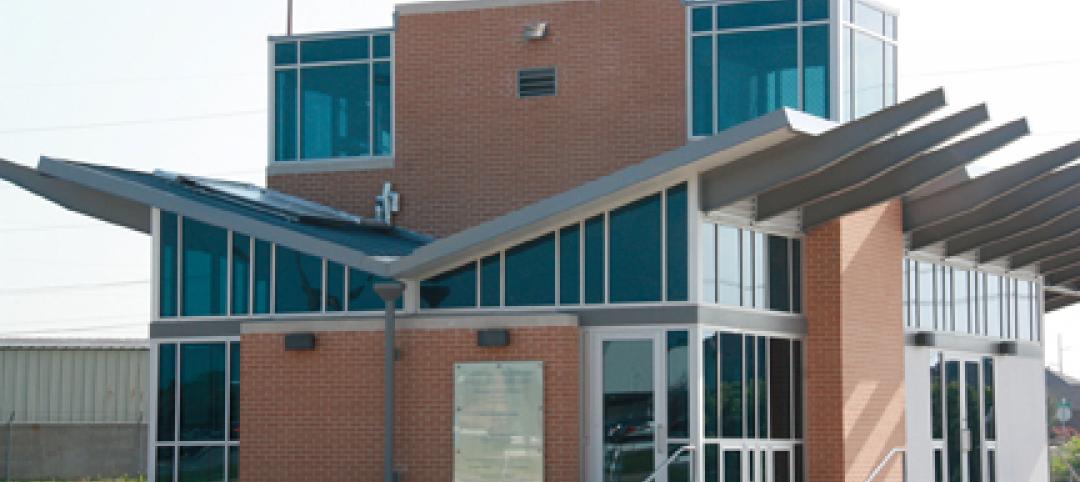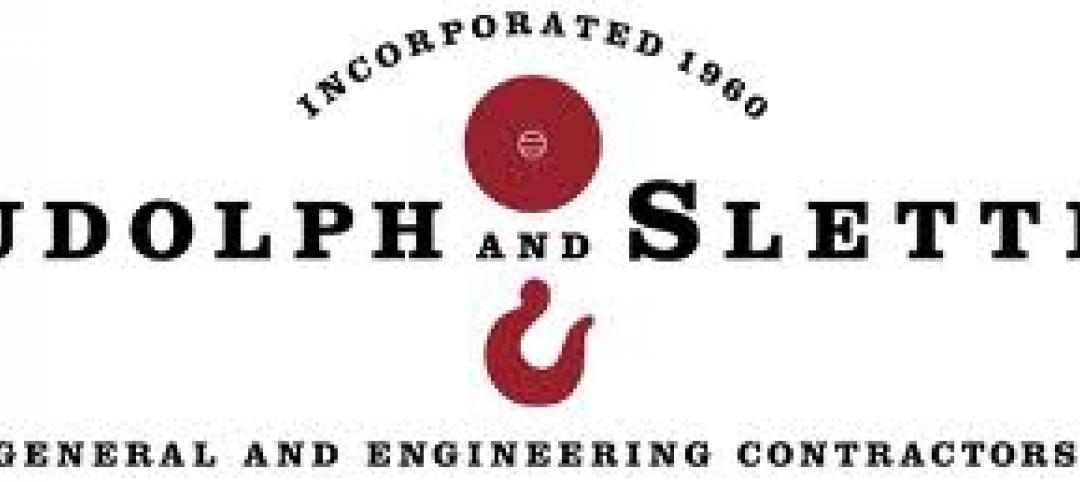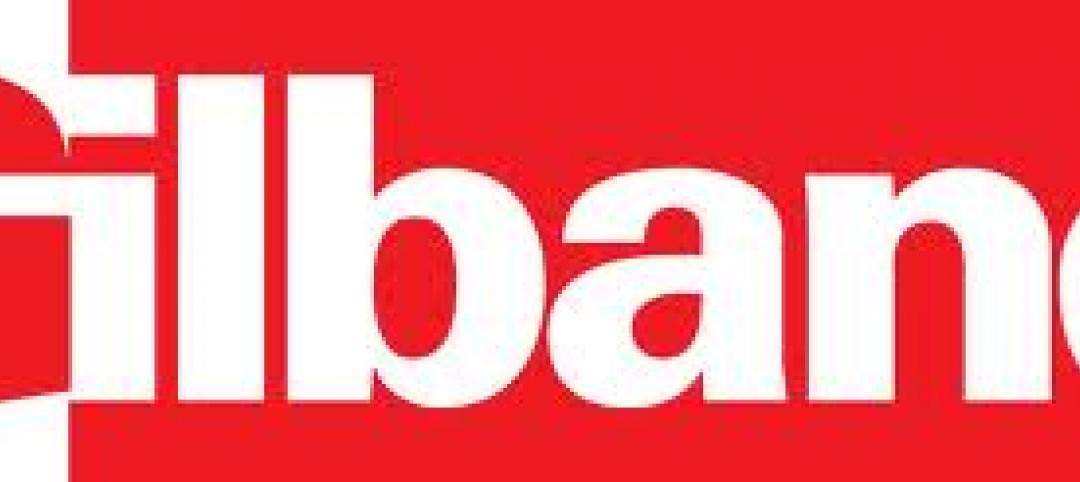One of the most important process changes when using 3D building information modeling is that architects and engineers can share more detailed design information with their general contractors prior to beginning site work. Yet, very little has been done to change how that information is communicated to the field. Many construction companies equip project managers in the field with laptops and keep 3D models on a central computer in a construction trailer, but rarely can anyone access and update that shared BIM file during construction planning or to point out problems during actual construction.
Many construction companies simply create their own BIM models from scratch because it’s easier to re-create a model for constructability than it is to adapt a design model to field conditions. In recent months, however, Trimble, a Sunnyvale, Calif., manufacturer of software and hardware for general, steel, concrete, and MEP contractors, released Trimble Field Link, which enables Building Teams to transfer design information from the office to the field using a Trimble RTS Series Robotic Total Station and the Trimble Tablet Rugged PC, a tablet computer with a seven-inch touchscreen that runs the Windows 7 OS.
There are two different versions of the Field Link software, one for MEP contractors and one for steel, concrete, and general contractors. The company has produced field products before, but this is the first with a full 3D model viewer that allows personnel to view 3D DWG and DXF design models in the field.
According to Jim McCartney, Trimble’s Structures segment manager, contractors wanted the ability to use that information, going to and from the field, without having to completely overhaul their processes. With the new systems, he said, “You can take 3D DWG design files and open them in Trimble Field Link to see that file.”
Their earlier generation construction layout solutions, Trimble LM80 and Trimble MEP, were based on the Windows Mobile OS, running on the Trimble Nomad handheld computer. Capable layout solutions in their own right, these existing solutions allow contractors to take blueprint or CAD data to the field and back to the design model. But with the explosion of 3D BIM, general contractors wanted capabilities that were simply impossible on that platform. The company’s customers asked for a way to detail reports and information about what is going on in the field so this information could be easily communicated back to BIM and CAD managers.
To do this, a field-reporting feature was added to allow contractors to report a trouble area, take photographs, and document actual position in the field to send back to the office.
“One of the things we’ve seen from general contractors is they’re using these devices for quality control. The tablet not only allows you to measure points, widths, and tolerances, it also allows you to go back in and check the specifications in the field,” McCartney said.
The system allows you to document deviations from those specs by attaching photographs to reports. You can also see where a deviation is located within your site by setting x, y, z coordinates within your report. The field-reporting feature exists in both the MEP and Structures versions of the software. Using the tablet’s built-in digital camera, field personnel can document a construction problem and save site photos, then communicate that information back to project managers by typing in text to describe the scene in the photograph. The field-reporting feature then creates a PDF file with a name, date, time, contractor name, job name, and coordinate values of the position of the construction issue that can be e-mailed to other Building Team members. This coordination capability may save a project from disaster.
For example, it is not unusual for misaligned anchor bolt positions to go unreported because field personnel sometimes choose not to fill out reports unless the anchors are significantly misaligned. By allowing even small problems to be reported from the field with a few clicks, more errors can be reported—and resolved.
“We had a customer tell us that in one instance he made the decision to ignore a misaligned anchor bolt due to the time it would take to generate a report,” said McCartney. “It cost him $35,000 to fix. He said if he could have generated a report and got a response immediately, he would have reported it.”
Trimble Field Link software automatically shows positional data of a project via defined points in an area. At any time you can click the Trimble “orb” from within Trimble Field Link to display a menu ribbon. You can open a simple directory path (just like a PC directory tree) with all of your job files from the ribbon. Each job is expandable to show the points, lines, arcs, and other positional data in the job, when they were created, and when they were last modified. From the Create Data screen on the ribbon you can create new end points and positions and also attach design attributes to points.
Additonally, you can select data from a mapview or a pointview, select a specific point, and zoom right in to that point. Those points and measurements can be used to calculate things like the magnitude of concrete pours and how much steel or concrete will be required for embeds. MEP coordination is one of the areas of a project that benefits most from using BIM, and the Trimble Field Link for MEP solution automates several common job site tasks, such as defining hanger points and sleeve locations.
The Trimble Field Link model viewer uses layers to highlight or hide different views of piping, ductwork, and wiring depending on what you want to look at. Once a model has been opened within the Trimble Field Link software, you can use the “orbit” function to look at a 3D view and pan and zoom to show its complexity. This field representation lets you see the 3D model as either a solid view or wireframe.
You can also turn layers on and off, isolate footings, and show other views just like in a native model. The MEP version can also be used to measure jobsite productivity.
“MEP contractors are better able to understand productivity rates on common procedures like laying out attachment points on pan decking,” said Rob Miller, Trimble MEP segment manager. “Once they’ve done several jobs with the solution, they can then plan layout productivity estimates for future bids. That can increase their bottom line on future projects.”
The key to the new product is its simplicity. “We did not want to overcomplicate the process by bringing in a model viewer that wasn’t simple enough to work with in the field,” McCartney said. “The viewing objective was to enhance capabilities but to never forget the simplicity factor.” BD+C
Related Stories
| May 7, 2012
2012 BUILDING TEAM AWARDS: Audie L. Murphy VA Hospital
How a Building Team created a high-tech rehabilitation center for wounded veterans of the conflicts in Iraq and Afghanistan.
| May 3, 2012
2012 BUILDING TEAM AWARDS: Rush University Medical Center
This fully integrated Building Team opted for a multi-prime contracting strategy to keep construction going on Chicago’s Rush University Medical Center, despite the economic meltdown.
| May 3, 2012
U of Michigan team looking to create highly efficient building envelope designs
The system combines the use of sensors, novel construction materials, and utility control software in an effort to create technology capable of reducing a building’s carbon footprint.
| May 3, 2012
Zero Energy Research Lab opens at North Texas
The living lab—the only one of its kind in Texas—is designed to test various technologies and systems in order to achieve a net-zero consumption of energy.
| May 3, 2012
Ground broken for $94 million hospital expansion at Scripps Encinitas
New facility to more than double emergency department size, boost inpatient beds by 43%.
| May 3, 2012
Rudolph and Sletten, Inc. wins CMAA award
Firm recognized for the renovation of Grossmont-Cuyamaca Community College’s Student Administrative & Griffin Student Center.
| May 2, 2012
Building Team completes two additions at UCLA
New student housing buildings are part of UCLA’s Northwest Campus Student Housing In-Fill Project.
| May 1, 2012
Time-lapse video: World Trade Center, New York
One World Trade Center, being built at the site of the fallen twin towers, surpassed the Empire State Building on Monday as the tallest building in New York.
| May 1, 2012
Gilbane to build $100 million cranberries manufacturing facility
Gilbane to provide design build services for a new Lean manufacturing facility for Ocean Spray Cranberries Inc., beverage products.
















